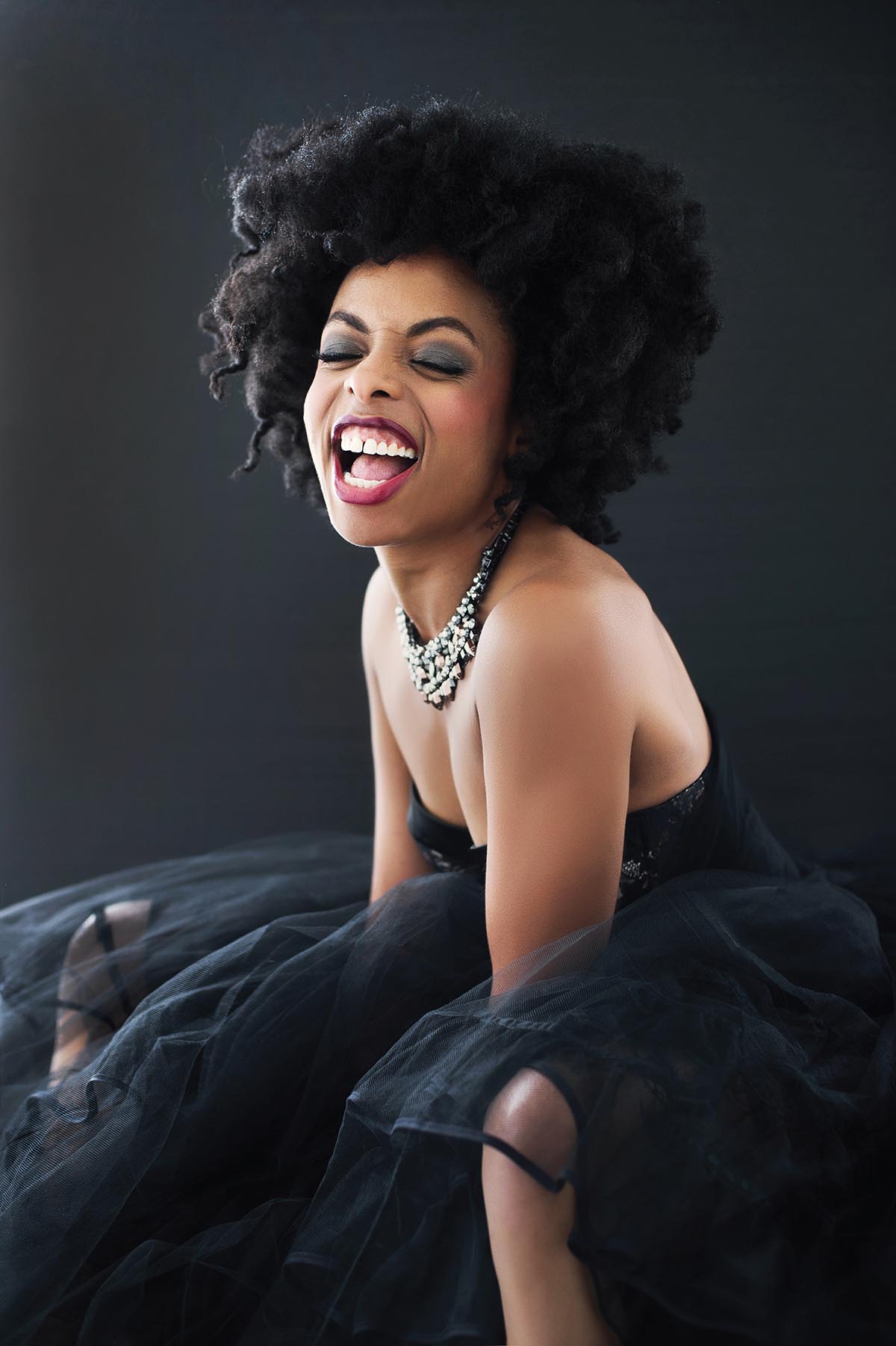
If beauty is in the eye of the beholder, then what role has a photographer? For Jennifer Brindley Ubl, owner of Jennifer Brindley Portrait in Milwaukee, Wisconsin, more than capture an image, she harnesses the energy fermenting inside the subject. She does this with her hobby, chasing supercell storms across the Midwest. Through Brindley’s lens, nature’s most violent manifestation turns into an arrestingly beautiful landscape: sun-streaked green fields below colliding banks of cotton white and frayed gray clouds with a twirling funnel pointing its lethal fingertip at the Earth. And she does this commercially in her studio, making portraits of women and freeing them from society’s narrow definition of physical beauty by mining the many selves hidden deep inside them. Through clothing, poses, and expressions, clients define their own beauty for the eyes of any beholder, most importantly themselves.
CHANCE TRAJECTORY
Speaking by Zoom from an office where books, supplies, and other clutter are neatly stacked, Brindley speaks with gesturing enthusiasm and casual clarity. Her photography career started when, while working in rental property management in Denver, Colorado, she began photographing weddings as a side gig.
“I had seven packages, I was really cheap, and my work wasn’t good,” she says. “The person who hires the newbie photographer who’s charging $600 for a wedding, you’re going to get $600 wedding photography.” Meanwhile, she discovered the world of storm chasing and gained national attention for that passion. She closes her studio for two months every spring to hunt tornadoes. “It’s entirely personal for me,” she says. “If I did it for a living, I’d be broke.” Instead, she found her true purpose and financial success as a portrait photographer by selling more than glamour, boudoir, maternity, and personal branding portraits and headshots: She’s selling a healing balm.
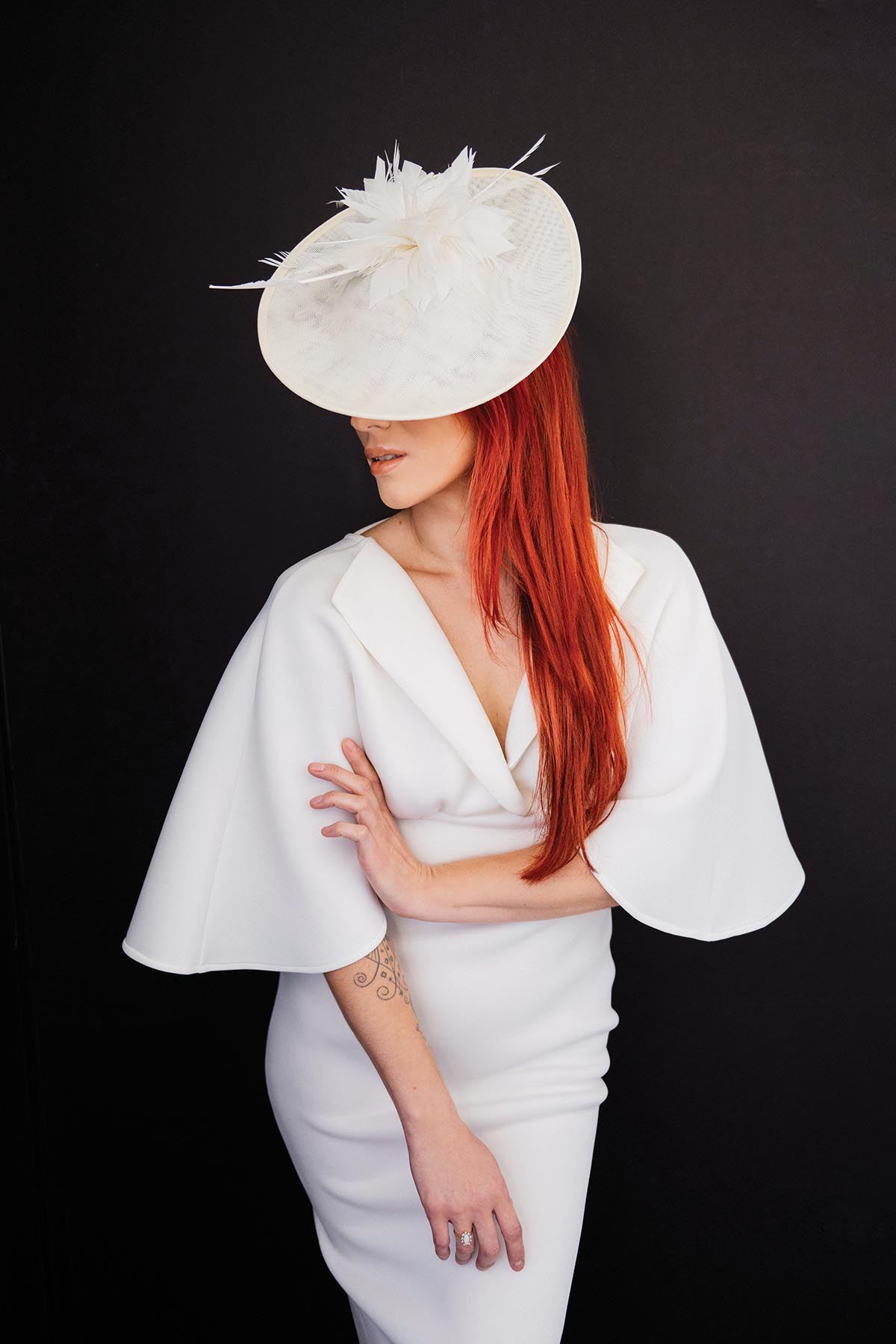
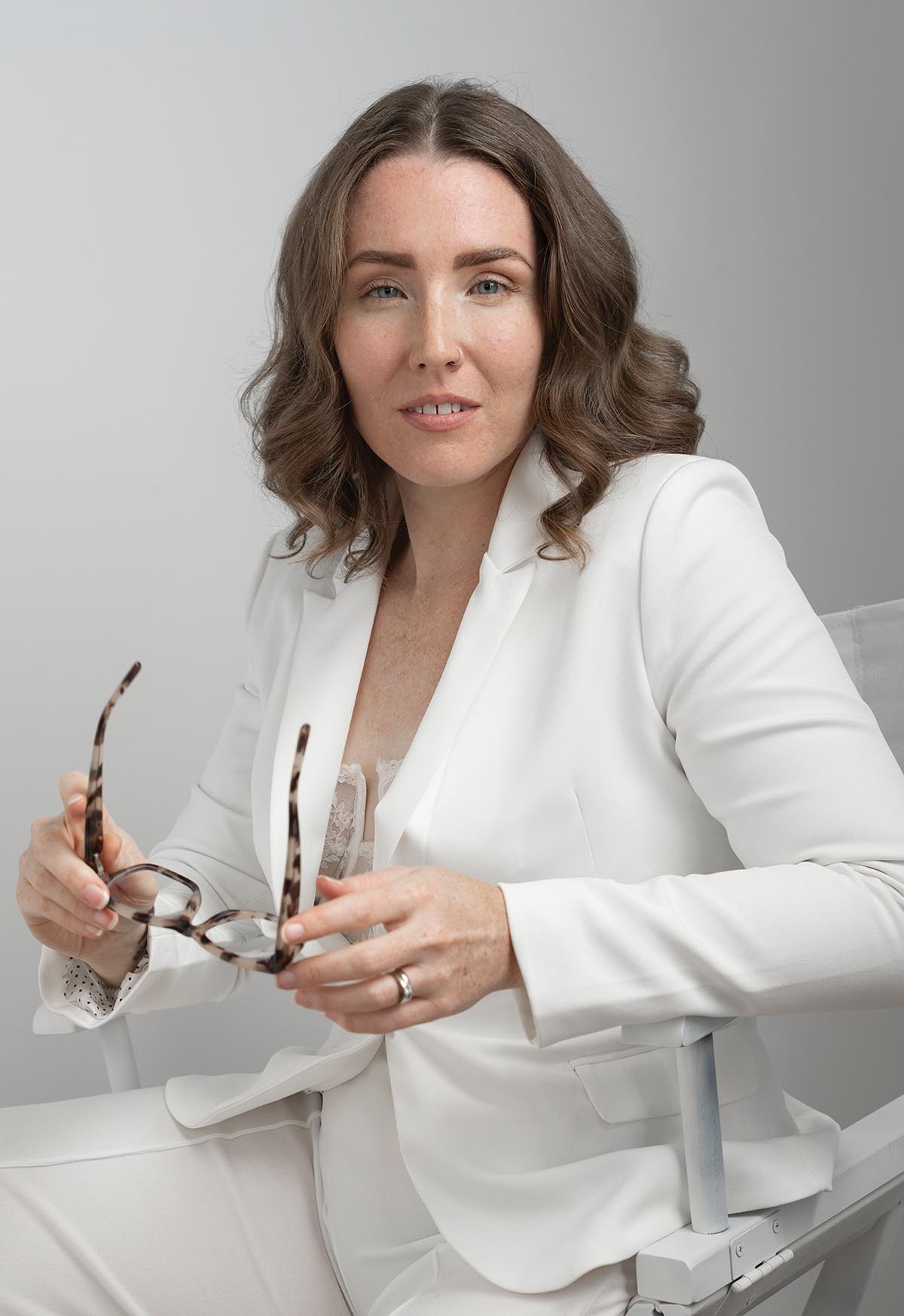
Photographer Jennifer Brindley
“I like to refer to it as photo therapy,” Brindley says. When she asks clients in their initial consultation meeting why they want to be photographed, “50 percent start to cry.” Though their reasons vary, all feel some deep need to invest in such portrait sessions.
Brindley’s photography business grew after she moved to Milwaukee, but 10 years in she got sick of wedding work—literally. “I loved shooting weddings. I loved my clients. Down-to-earth, quirky, the alt bride, that was my kind of client.” But as her skills improved and her prices increased, so did the anxiety. “I was waiting for the disaster. I was waiting for the day when I would screw up,” she says. “The night before weddings I would feel ill, nausea.” The anxiety didn’t dissipate until she got to the wedding. “The second you get there you’re in work mode, and it’s great. Then, the next wedding, like clockwork, it would happen again. I began wondering if my body was telling me something.”
She traveled to Virginia to be photographed by her friend, Melody Smith (“Reflecting Beauty,” May 2021), a former wedding photographer who had switched to portraits. “At the end of the photo shoot, I broke down in tears at the experience I just had,” Brindley says. “I hadn’t seen a single photo, but I felt seen in the way that she made me feel seen.” Brindley pauses as those feelings she can’t fully describe rebound on her, and she waves away encroaching tears before continuing. “That kind of portrait session, I never knew anything like that existed. That moment changed the trajectory of my life, and I realized, this is the answer. Nobody in Milwaukee offers this. I need to bring this feeling I’m feeling to women in Milwaukee,” she says, notably using the present tense.
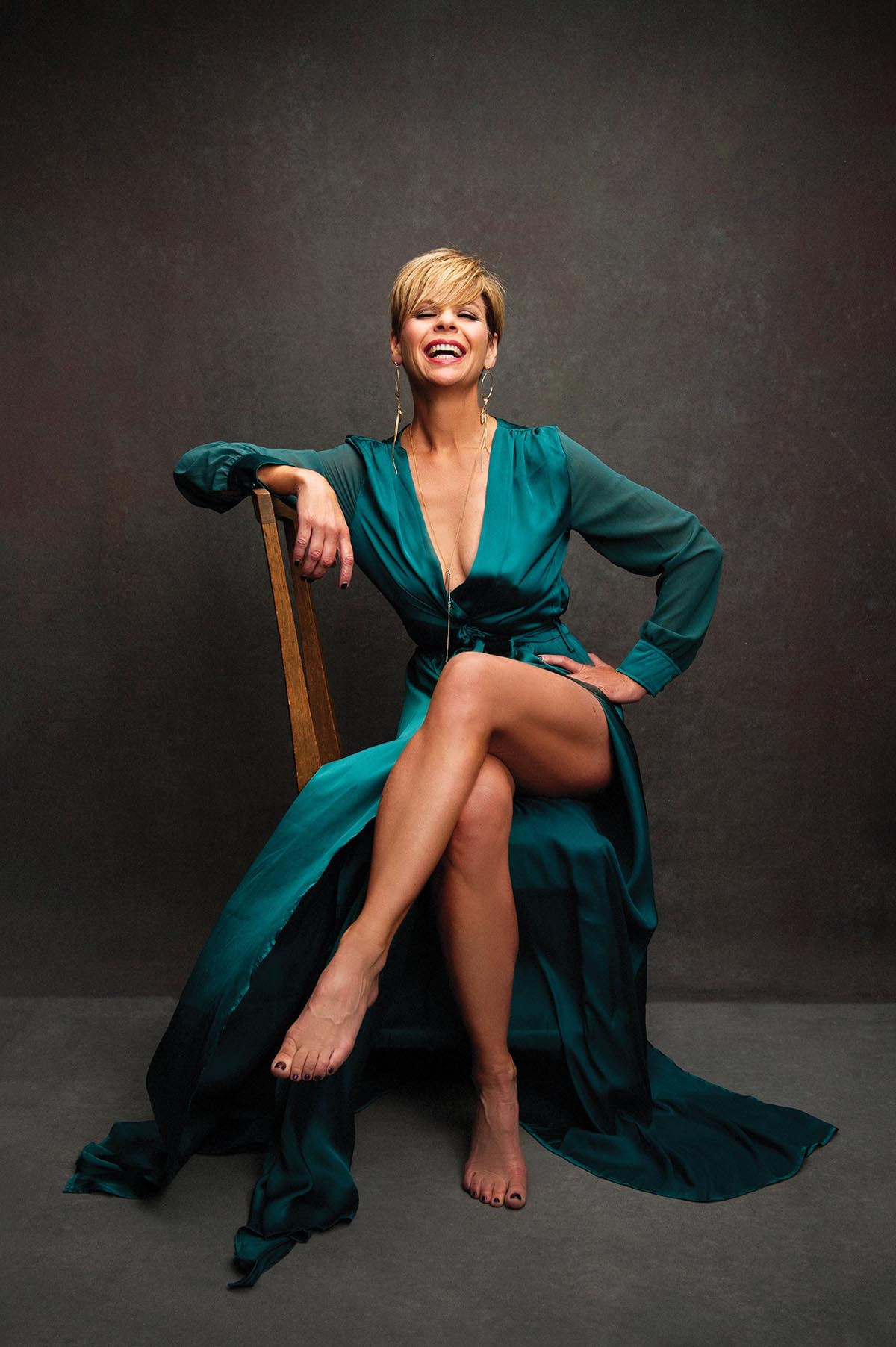
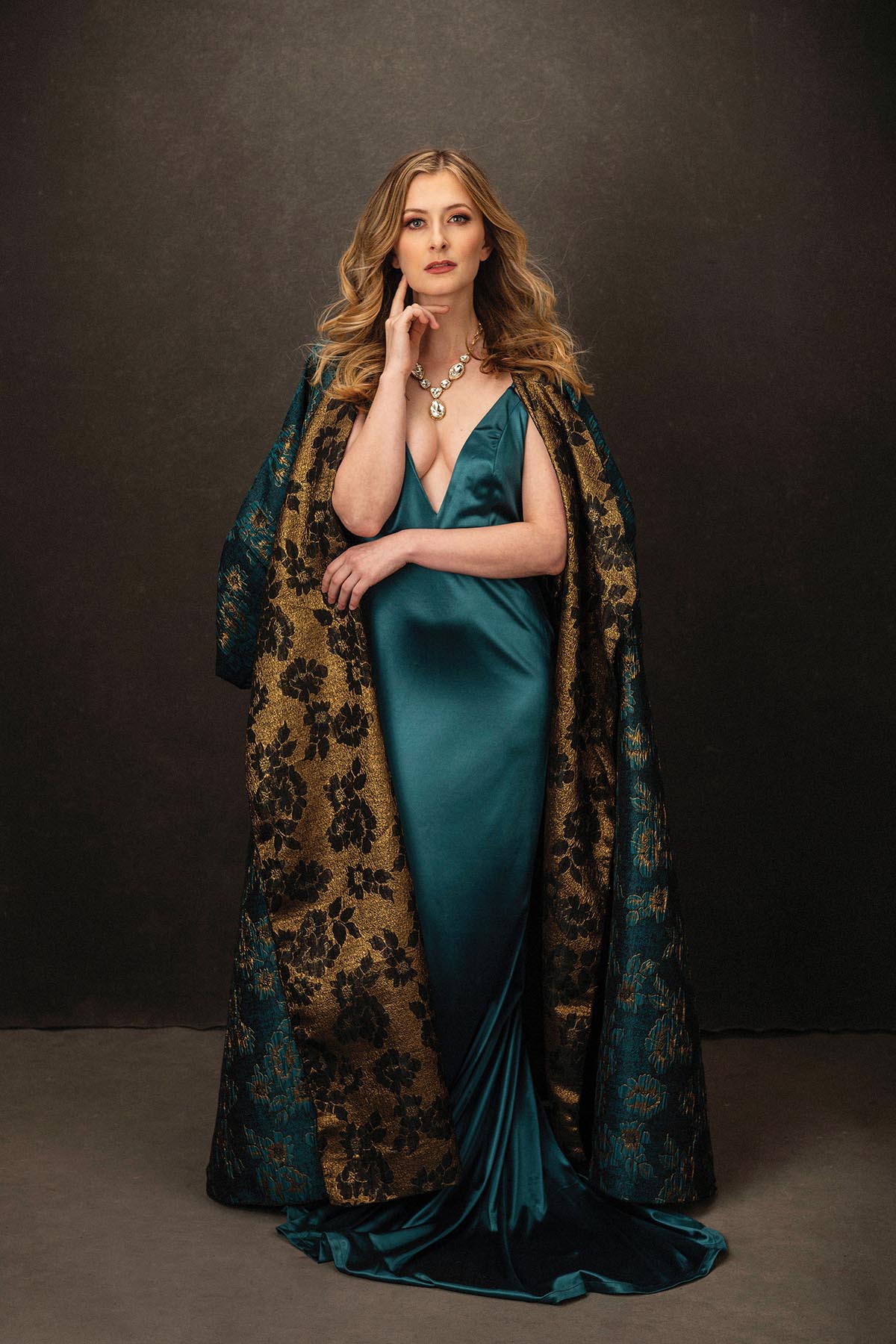
Brindley cut back drastically on her wedding business and spent more than a year focusing on learning how to photograph women in the studio, “properly,” she emphasizes. “It required tearing down everything I thought I knew about running a photography business and rebuilding that.” She turned to Sue Bryce’s portrait education for tutelage, spending a year learning and practicing with family, friends, and models to create a portfolio she loved.
Finally, she was ready for her first client and a top price of $3,500 for 20 images. “I never would have imagined that kind of pricing was achievable,” Brindley says. The woman, though, bought the top package, and when she walked out the door, “I sobbed,” Brindley says. “I felt validated.”
AFFIRMATION
What Melody Smith was selling in Virginia was the experience of a multiple-outfit, celebrity-style vanity shoot. Brindley used that prototype and focused on the profound psychological effect that Smith’s session had on her: the experience of affirmation and validation through portraiture.
“It has so much to do with what it’s like being a woman in this country. All the expectations around appearance and beauty and body,” Brindley says. “Taking a broken woman who forgot who she is and doesn’t feel beautiful and making her cry at the joy of looking at her face, that is a victory and sense of accomplishment.”
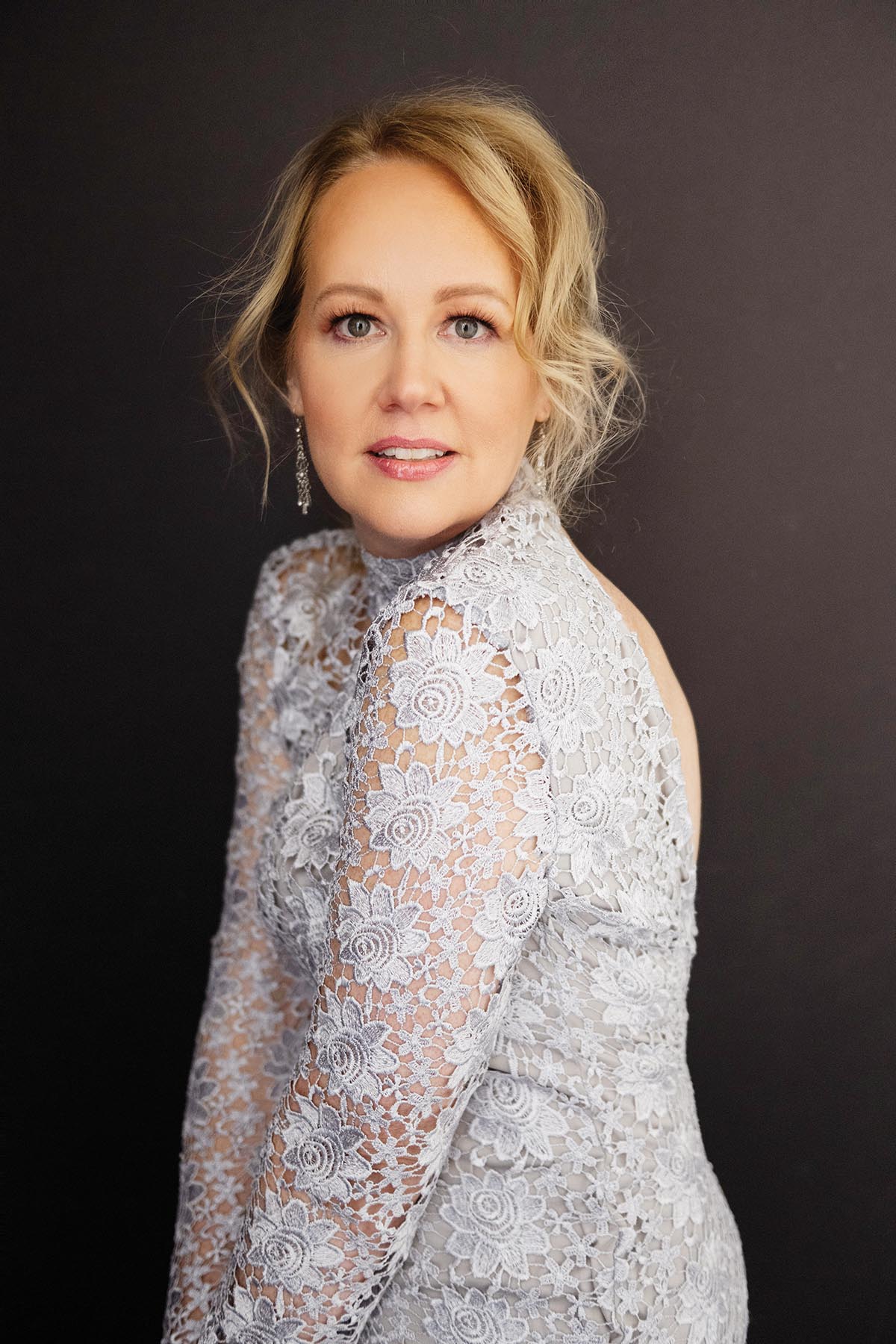

After each portrait session Brindley meets with the client to reveal 30 to 40 7x10-inch prints in 11x14-inch mats, which they can hold in their hands rather than view across a computer screen. “It’s an impactful way for clients to be able to take in their collection of images,” Brindley says. “Wow! Is that really me? they ask. I tell them, This is the woman I saw walking into the consultation. They look at me astonished, but it’s true.”
Her clients have seen comparable beauty in previous clients’ portraits that adorn Brindley’s 1,000-square-foot West Allis studio six miles west of downtown Milwaukee. “I want that,” some will say pointing at a portrait, and the client will get her own unique version of that. The studio has several partitioned spaces providing a variety of settings using available and additive light. It also has a wardrobe of 700 garments in a wide range of sizes. “It’s one thing that makes me stand out in our market,” Brindley says. “Nobody has a wardrobe like I have.”
During the consultation, clients fill out a sheet with measurements, coloring, body shape, and a multiple-choice list of such factors as favorite styles, color palette, and the range of coverage they’re comfortable donning, from gowns and business suits to lingerie and nothing at all. Brindley uses the information to curate a selection of garments for the client, which they look at together and ultimately cull to 10 outfits.
Sessions run from 10 in the morning to 2 p.m. Hair and makeup take up the first hour, then they do professional headshots and personal branding images. “Then we can get everything else that she is,” Brindley says, describing this portion of the session as the “Oscar after-party.”
“Women are all kinds of things. I don’t want to limit how I’m capturing someone to just three or four looks. We’re joyful, we’re playful, we’re also serious and stoic, we can be strong and competent, but we can be coy and shy and feminine and girly. So why not give them an opportunity to come to life in all these characters of themselves, especially when we are so redundantly stuck in our daily lives as human beings? It’s an opportunity to remind them of all these parts of themselves that exist and celebrate these things.”
IMPORTANT DETAILS
While she continues to hone her technical skills, Brindley cites her attention to detail as the key to her growth as a photographer. “That spans a lot of things: attention to detail in hair and makeup, attention to detail in wardrobe, attention to detail in backdrop selection and lighting. And posing. Wow! Improving on posing has been a huge game changer for me,” she says. She describes in intricate geometric detail how to strengthen the chin and elongate a shoulder. Crossed legs says relaxed confidence. Combining crossed arms over the crossed legs creates incredible power as the beholder’s eye tracks up and down the image.
Brindley is cognizant of who that beholder may be, noting the societal differences between the male and female gazes. “The female gaze tends to be more focused on expression of self, and the male gaze is more focused on attractiveness to the opposite sex,” she says. In a patriarchal society, such as the United States, the male gaze dominates, even for women. “Meaning, I look at myself in terms of how attractive I am to a man, not in terms of how I’m expressing myself as a woman.” While this thinking is ingrained in women who grew up in the 20th century, younger generations are breaking that mold. “I have to find a way to marry those two things for a woman because she not only wants to be seen for the things she is inside, she also wants to feel sexy.”
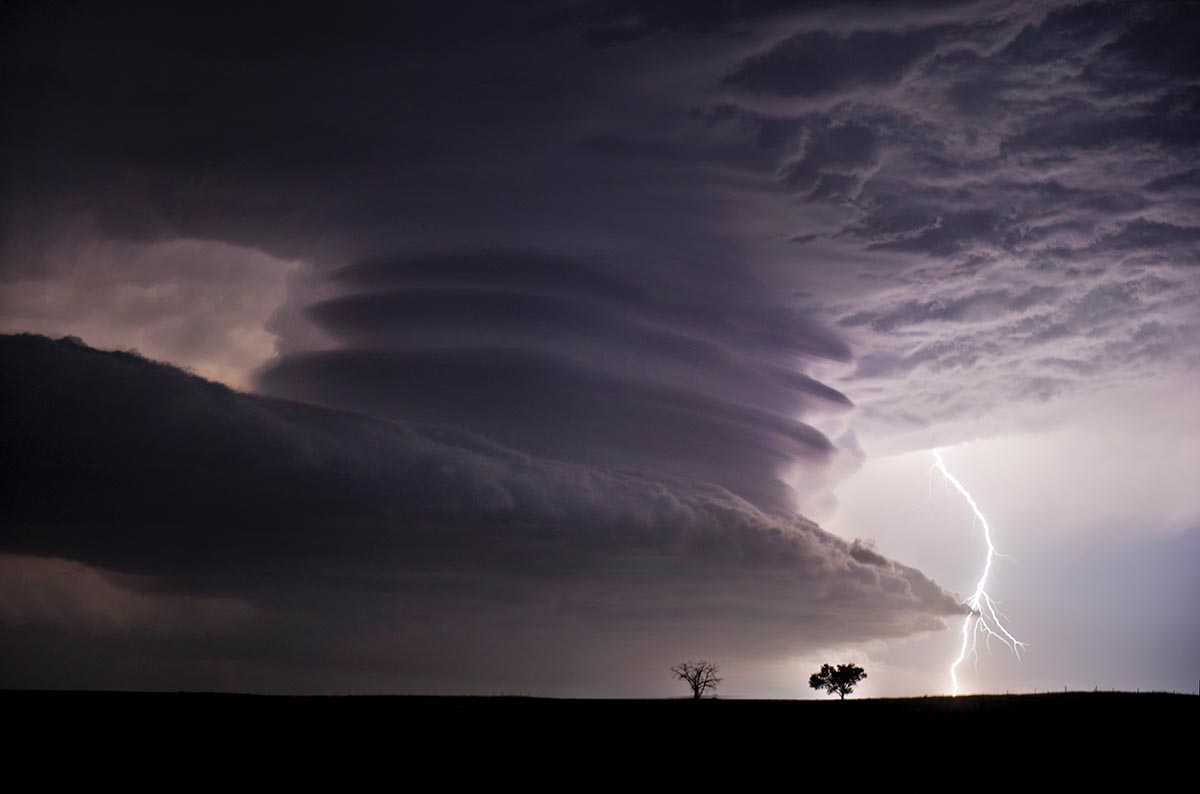
Brindley has no interest in the male’s perspective of her images. For that reason, she doesn’t allow spouses in the reveal sessions or, for that matter, friends or mothers. “The reveal is for you, and I, and that’s it. I don’t want any other opinions influencing your decisions. I want you to connect to the images you connect with. … It has to be about how a woman sees herself in that moment, and that’s all I care about.”
No matter the gaze or subsequent pose, the most important body part is the eyes. The client may be perfectly posed, “but if they are dead in the eyes and that connection is missing, I didn’t do my job right.” For that, Brindley calls on what she terms her superpower: making people comfortable in front of the camera. “I think that’s why I had success early when my technical details weren’t there because I always had that connection.”
So, if beauty is in the eye of the beholder, what is beauty to this photographer? “When someone comes alive,” Brindley says. “I don’t think anyone has to be conventionally beautiful to show their beauty. It comes from inside of them. Truly, my job is coaxing it out, giving them a foundation and a space and a comfort level that allows them to shine.” Gowns or open shirts or tucked shoulders or elongated chins burnish that shine, but it starts with connecting the subject’s eyes to the beholders’ via the camera. “In terms of beauty as it’s photographed, it’s something in the eyes for me. It’s their soul.”
Eric Minton is a writer and editor in Washington, D.C.
Tags: portrait photography

 View Gallery
View Gallery


